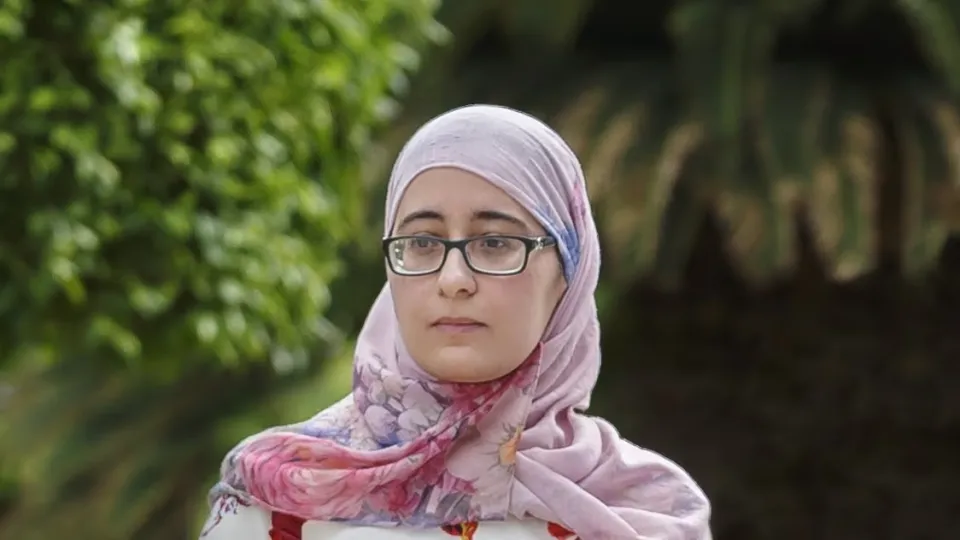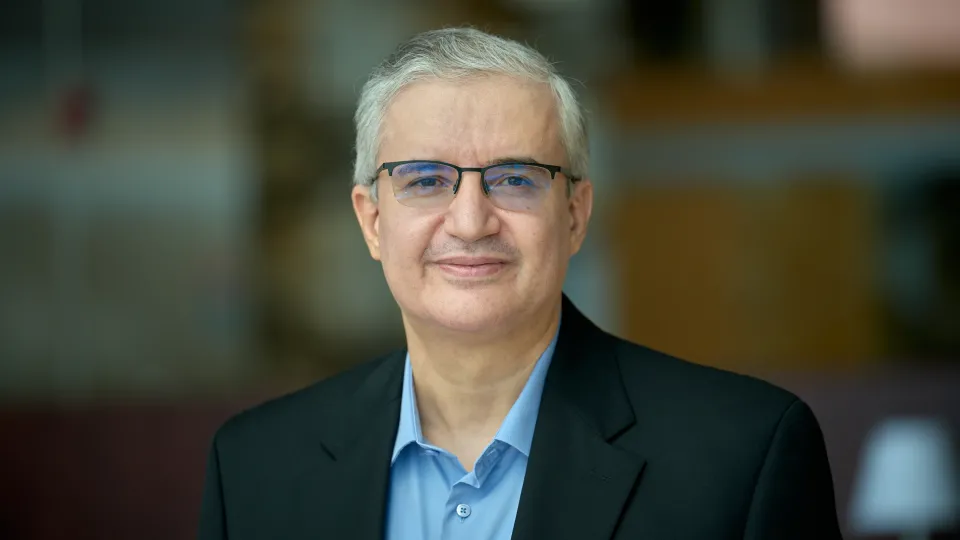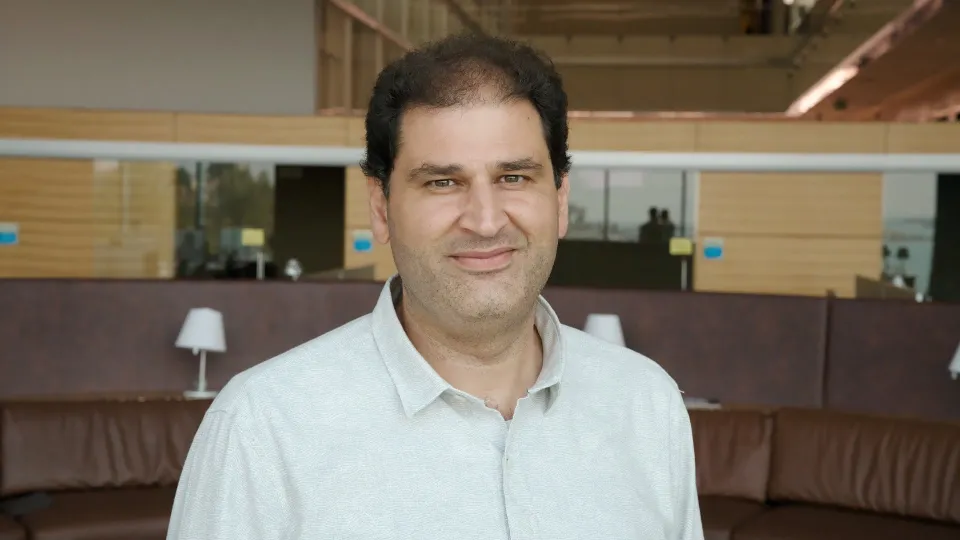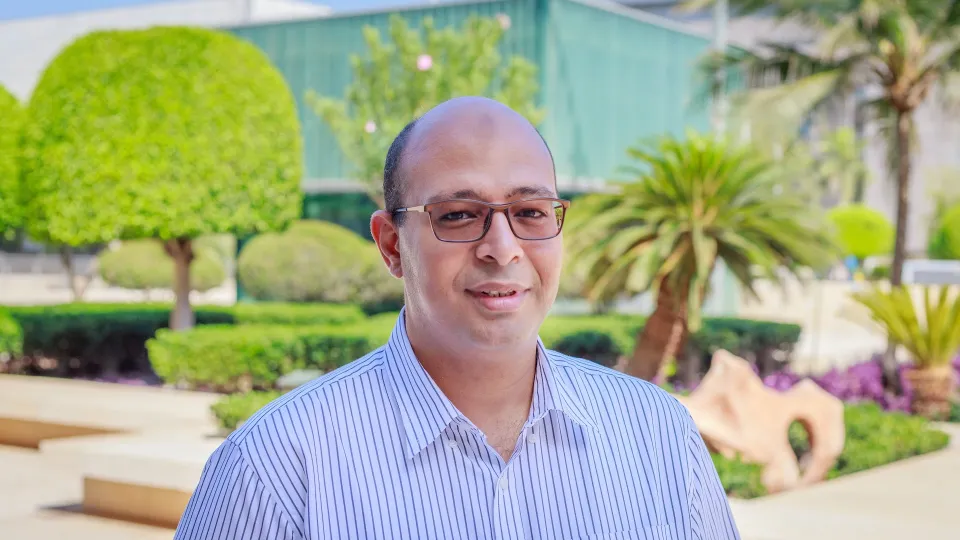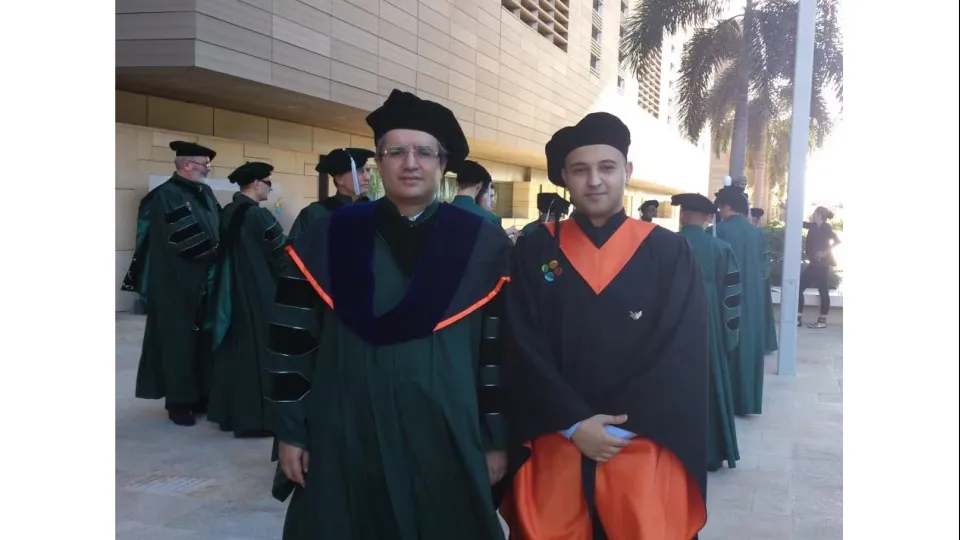
New research aims to bridge the digital divide
By the end of 2018, there were nearly 4 billion people without Internet connectivity in the world. Almost 75% of this unconnected population is located in 20 countries and is concentrated in rural, low-income, and low-literacy areas.
About
By the end of 2018, there were nearly 4 billion people without Internet connectivity in the world. Almost 75% of this unconnected population is located in 20 countries and is concentrated in rural, low-income, and low-literacy areas.
A recent paper in Nature Electronics by researchers at KAUST heralds Big Communications as a key aspect of the evolution in information and communication technologies. The paper identifies key aspects of communications infrastructure for enhancing and enabling 6G, in order to provide Global Access to the Internet for All, that focuses on closing the prevalent digital divide and enabling worldwide connectivity.
"With the unprecedented advent of the 5G and beyond era, there is a need for active efforts to narrow this digital divide and allow the often economically and socially isolated 4 billion, who are unconnected to experience the life-changing benefits that connectivity brings. From access to better health and education to enabling jobs and financial services," said Dr. Mohamed-Slim Alouini, Professor of Electrical Engineering and Principal Investigator of the Communication Theory Lab (CTL) at KAUST.
"To enable affordable broadband for all, future innovations should focus on new aerial access networks, intelligent spectrum management, improving energy efficiency of current technologies, and reducing infrastructure costs," Professor Alouini continued.
To achieve the goal of worldwide connectivity, KAUST scientists are studying emerging and new technologies that strike a balance of capital and operational costs as well as performance. These include, placing free space optics equipment over transmission towers and three-dimensional integrated networks that encompass terrestrial, airborne, and satellite communications.
As a solution to the coverage problem in large rural areas without relying on the deployment of costly infrastructure on the ground, the researchers suggest that flying nodes, such as Unmanned Aerial Vehicles (UAVs), tethered Aerostats (balloons), and High Altitude Platforms could become ever-present in the 2030s.
In a new paper published in IEEE researchers at KAUST and Missouri University of Science and Technology demonstrate new approaches for improving the end-to-end throughput of networks suffering from the absence of terrestrial infrastructure, where connectivity is enabled with UAVs and balloons.
In another recently published IEEE paper, researchers at KAUST investigate the performance of multi-beam next-generation very high throughput satellite (VHTS) systems that are expected to bring worldwide connectivity in the 6G era. In these systems, the optical ground gateway stations feed the satellite through a high capacity free space optical feeder link and then the satellite communicates the signal to different user terminals via multiple radio frequency beams.
Acknowledging its paramount importance, the United Nations now recognizes internet connectivity as an important and basic human need and includes 'universal and affordable access to the Internet,' among its 2030 Sustainable Development Goals.
Providing connectivity to rural areas should not only be seen as a humanitarian goal but also as an opportunity to generate crucial economic activity. Small steps towards connectivity at the base of the world's economic pyramid can create a huge market of creative and resilient consumers and producers, who are currently excluded from current formal markets.
Read the full article
